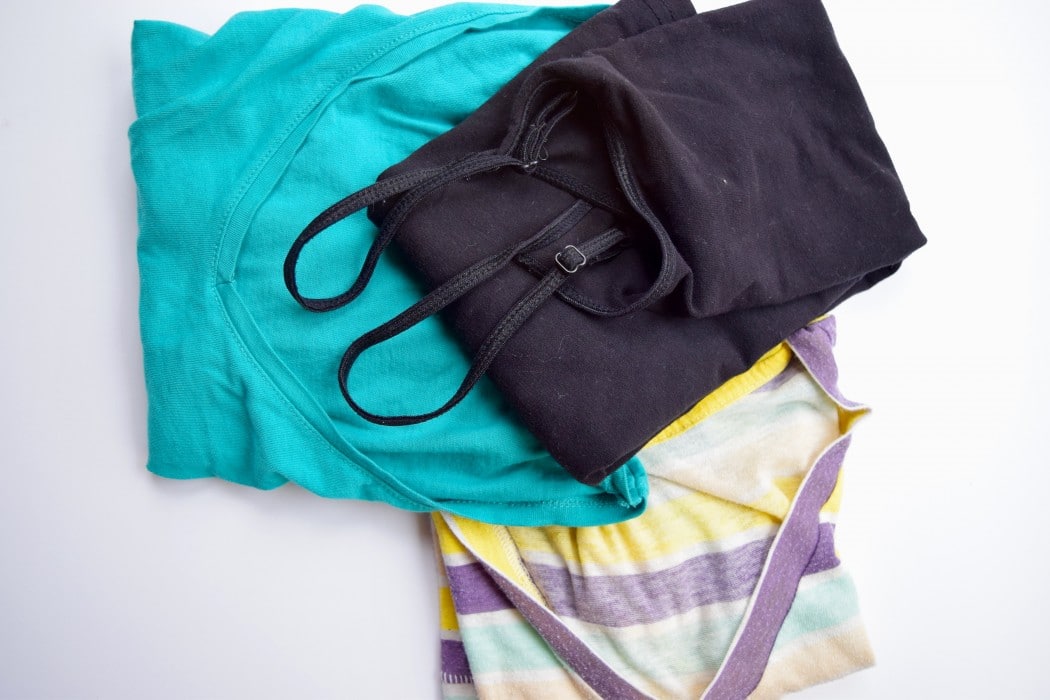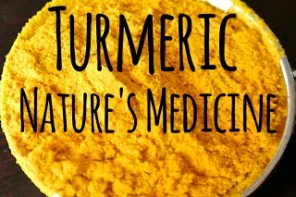Around the time I entered my preteens, shopping with friends was the thing to do. We loved a few stores that catered to preteen girls (Limited Too, anyone?) and lived for the thrill of a new outfit as our self awareness over image grew. By the time I was in high school, weekend shopping trips to affordable yet trendy stores like Forever 21 was a great way to hang out with friends and kill time. My closet, like so many others and all of my friends, was bursting with all of the cheap fashion that I had collected. It wasn’t like I needed all of those clothes. Only a few were worn until they wore out or fell apart and I was no longer shopping for the “next size up” in the kids section. Some of the more impulse purchases were hardly used at all. But the consequences of the piles of clothing never really entered my mind. They were all really cheap and easily covered by allowances and my parent’s wallets so the cost was never an issue. And once I decided to purge some of my clothing, it all went to places like Goodwill. I figured that I was doing a nice thing by donating it all and that it wasn’t a big deal to buy stuff here and there.
But here’s the thing. It really is a big deal. I learned just how damaging this culture of cheap clothing and huge closets is to the environment as well as to the people actually making everything.
“Fast Fashion” is harmful to the environment and to the people that make it.
Starting from the production of the actual fibers, today’s clothing is essentially poisoning the environment and the producers. Cotton is one of the most heavily pesticide-sprayed crops which plays a huge role in the destruction of bee colonies, the poisoning of the soil, and the harm to nearby wildlife. The farmers and workers who are out in the fields growing the cotton are usually exposed to levels of chemicals that result in health issues, such as cancer and birth defects. Other fibers like polyesters are made from petroleum based products and require a great deal of energy to make, not to mention the resulting the pollution.
Then comes the process of turning everything into clothing. Shipping of fibers to factories that turn fiber to cloth and then cloth to clothing, all require even more energy (particularly because items are shipped to many parts of the world). The use of chemical dyes is another factor that wastes a tremendous amount of water and poisons communities and waterways with heavy metals like cadmium. That’s just everything that’s made of cloth. Leather goods? Those require many more toxic chemicals to preserve and prepare the skin and then to have it dyed, wasting more water and polluting more communities.
The majority of these cheap goods are produced in countries with little, if any, laws protecting the workers or the environment. This means the people who are cutting, sewing, and dyeing are working long hours only to barely make enough money to survive. The workers, most often women, are not protected from harassment and abuse and do not have the means to speak up. The working conditions are often unsafe, as many of us have seen stories in the news about factory buildings collapsing or catching fire. Those that are handling dyes and chemicals are usually doing so without protection of themselves or their surrounding communities.
And after we have decided to get rid of our clothing, most of it ends up in landfills, even if it was donated. There is just too much clothing for all of it to be reused once it’s donated and this is the end result of the vast majority of the clothing we get rid of.
Why is this happening? In short, it’s about money. Clothing companies look for the cheapest methods of production, the factories in various countries keep lowering their cost to attract Western buyers, and people keep shopping for cheap clothing.
What can we do?
Of course, the biggest changes start with lawmakers and the major corporations responsible. That means voting for politicians willing to fight for change in imported goods, supporters of organic farming, and those with a strong voice for environmental preservation. But as a consumer, the answer is so simple:
Don’t buy “fast fashion”.
Chances are that we all have plenty of clothes in our closets. And when it’s time to go shopping for something new, instead of heading to superstores or cheap clothing places, try sticking to these suggestions:
- Go for second hand clothing! My mom, sisters, and I all like to swap clothing we don’t want anymore. It feels like getting something new for free, which suppresses the urge to shop. Otherwise, shopping at thrift stores gives clothing new life and keeps it out of the landfill. This is the “greenest” option when buying clothing.
- Look for organic fibers. Organic clothing is often more expensive, but is softer and so much better for the environment. Supporting organic farms is a fantastic step in the right direction. Also, steering clear of synthetic fibers and animal products can make a positive difference as well.
- Stick to fair trade. Many large corporations try to convince consumers that the factories they use are safe and the workers are paid and treated according to the law. But in truth, the “laws”, if they exist, are far below living and safety standards if they are enforced at all. Sticking to companies that are certified fair trade is an extra step in making sure that the clothing was actually made fairly and safely.
- Check for certifications. To acquire certain certifications, companies must pass inspections and adhere to standards. Look for Fair Trade, WRAP (Worldwide Responsible Accredited Production), and GOTS (Global Organic Textile Standard) certifications.
The good news is that second hand and thrift stores are often super affordable. All you need to do is check out your local thrift stores or offer to go through friends or family cast offs. However, organic and fair trade new clothing is sometimes a bit more expensive than conventional cheap fashion. But by buying less and sticking to these higher quality items, the clothing will last longer and the closet will be less cluttered. Personally, I think it’s worth it to have higher quality clothes because they fit better, last longer, and are just so much softer.
Here are some great options for clothing that’s eco friendly:
- Pact : This is one of my favorite brands. They make organic clothing that is not only super soft and high quality, but it’s really affordable. They run sales pretty often, too, and keep their costs down by keeping standard cuts with various colors and designs. And they go even further beyond just being organic and fair trade certified. Their clothing is made with nontoxic dyes in addition to having the GOTS certification. https://wearpact.com/
- Patagonia : This company has mostly sports wear, outerwear, and basics and everything is always super high quality and worth the price. They offer a variety of eco-friendly fibers like hemp, organic cotton, recycled synthetics, Tencel, and reclaimed fibers. They are Fair Trade certified and have high standards of production. http://www.patagonia.com/us/home
- Threads For Thought : Another great brand. I’ve had some of their shirts for forever and they still fit perfectly and look great after tons of wear. They use organic cotton, recycled polyester, and lenzing modal, which is a renewable fiber made from tree pulp. They have Fair Trade certification as well as WRAP. http://www.threadsforthought.com/





